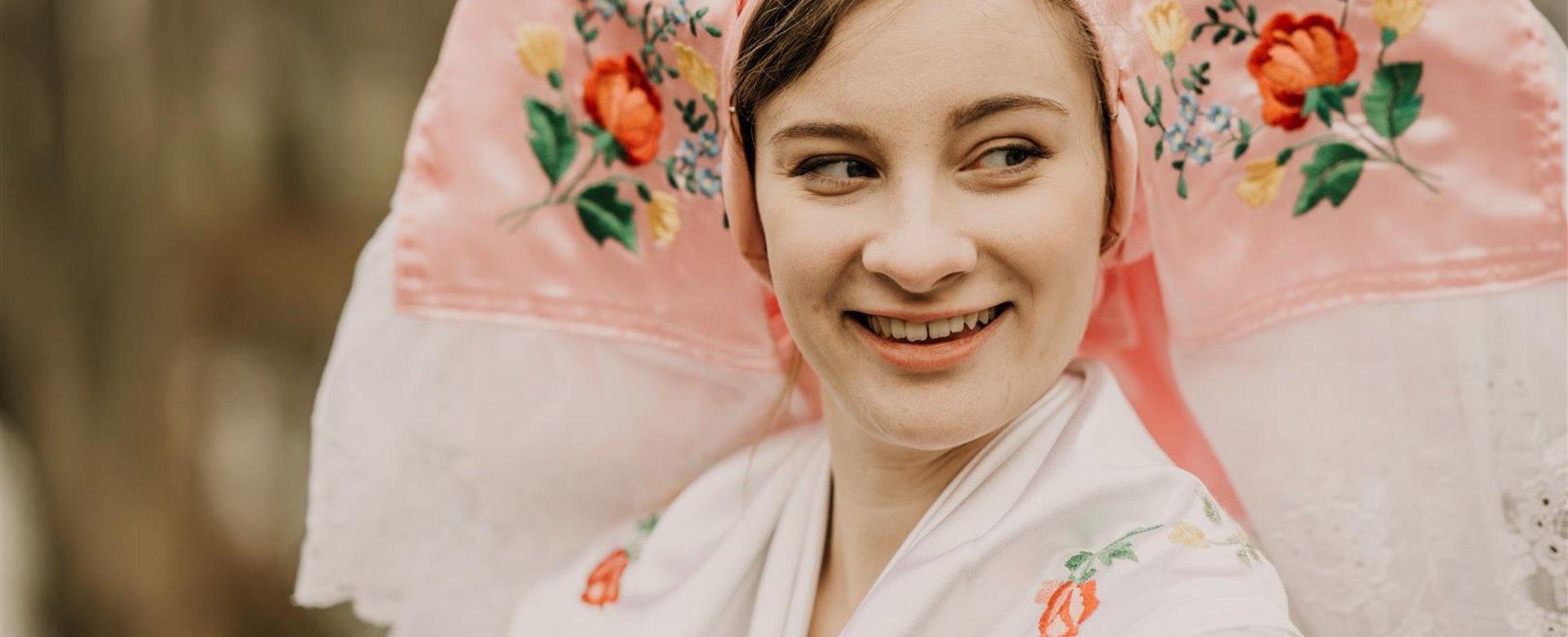Sorbian sagas
Its dark water arms, unfathomable forests and mystical mists fire the imagination. There are many legends in the Spreewald - whether true or imagined - and they all reflect the region's exciting history. The origin story of the Spreewald, for example, says that the devil created the region.
With two large black oxen in front of a plough, he is said to have come to break up the bed of the Spree. But the animals refused, pulling sometimes to the right, then to the left. The devil quickly lost patience and retreated into hell with a roar. The team of oxen, however, continued to chase, ceaselessly pulling hundreds of ditches, before it too disappeared. What remained was the mysterious flowing landscape of the Spreewald.
